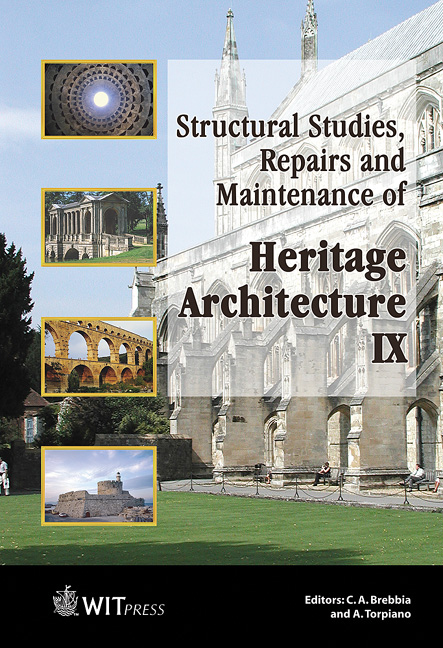The Evolution Of Architectural Form And The Formulation Of Mechanics
Price
Free (open access)
Transaction
Volume
83
Pages
9
Published
2005
Size
751 kb
Paper DOI
10.2495/STR050121
Copyright
WIT Press
Author(s)
B. P. Leftheris
Abstract
From the beginning of civilization humans built structures, initially for shelter in established communities and later structures of worship. The materials available and the cumulative empirical knowledge of successive generations of masons determined the architectural form of the structures. Throughout human history there are many examples of such structures. Mathematics, initially geometry, was the next step in the ability of the architect to materialize his ideas. Later, mathematical analysis brought together the strength of materials and the geometrical distribution of mass to build greater and safer structures. Finally, in today’s immense computerized capabilities, the human imagination and new materials can only limit the architectural form. This paper describes the side by side evolution of architectural form and the formulation of mechanics from the early days of civilization to the present day achievement of high rise towers. Keywords: architectural evolution, structural mechanics, historical buildings, civil engineering. 1 Introduction The significance of the theory of relativity that Einstein announced in 1905, lied not only in the tremendous technological changes it brought in the following hundred years, but also in the audacity of man to challenge existing knowledge. ‘Time’ was no longer measured in absolute terms. And while it did not affect ordinary people, it made a world of difference in physics and space exploration in later years. Architecture on the other hand is based on building technology, which is conservative, based on cumulative knowledge from the beginning of human life.
Keywords
architectural evolution, structural mechanics, historical buildings,civil engineering.




